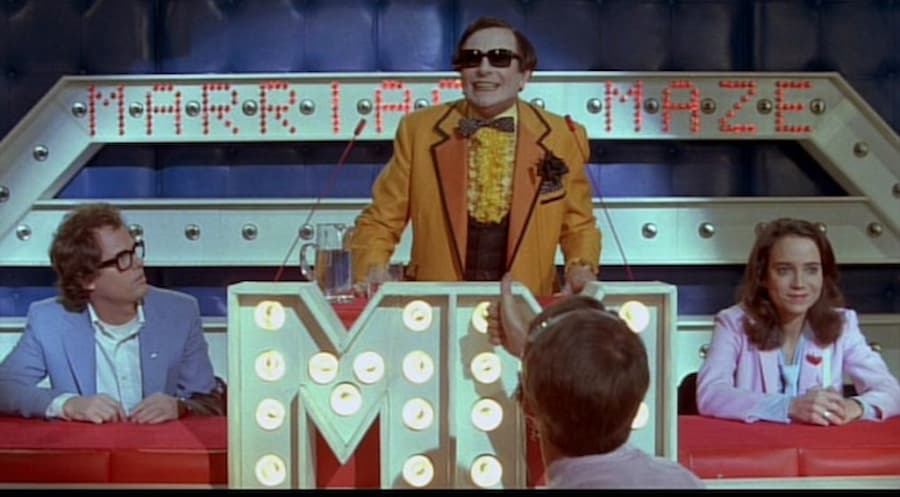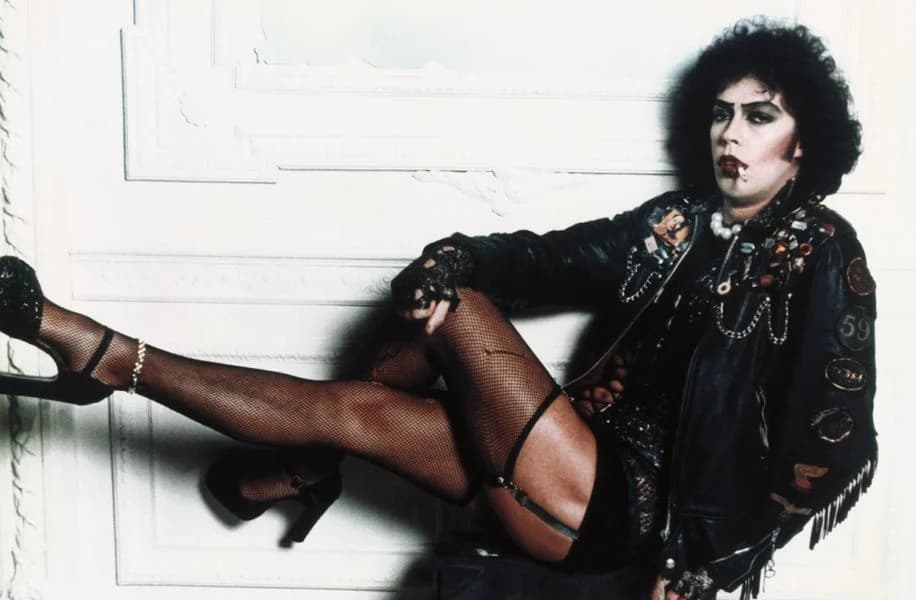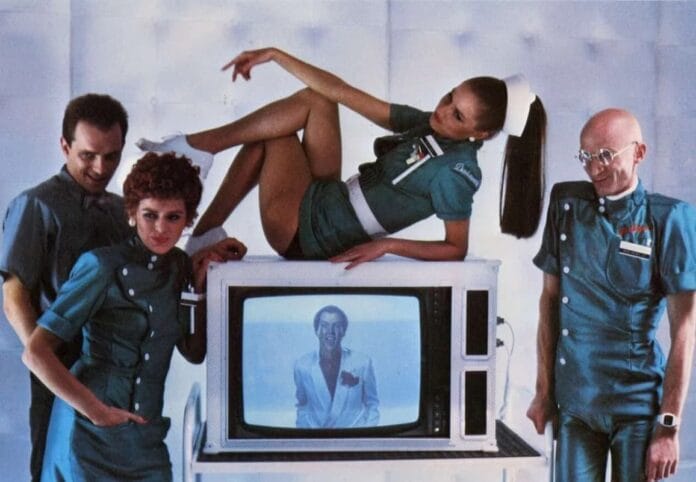When Shock Treatment debuted in 1981, it was billed as “not a sequel, not a prequel, but an equal.”
Following the impossible-to-top cult legacy of The Rocky Horror Picture Show, Shock Treatment was met with confusion, tepid box office results, and the inevitable shadow of Frank-N-Furter’s fishnets
But over the years, it’s developed a loyal following—and perhaps, finally, it’s time to reassess what this oddball continuation got right… and where it faltered.


What It Got Right
One of Shock Treatment’s most underrated strengths is its eerily prescient take on reality television. Decades before Big Brother or Keeping Up with the Kardashians, the film imagined a world where a town exists entirely within a TV studio, and lives are manipulated for the sake of ratings. Today, the satire hits harder than ever.
Musically, the film holds its own. Songs like “Bitchin’ in the Kitchen,” “Little Black Dress,” and the title track are catchy, subversive, and stylistically bold. Richard O’Brien’s songwriting remains sharp, and the soundtrack, while less rock-driven than Rocky Horror, leans into a slicker, more synth-heavy 80s pop aesthetic that still feels unique.
The film’s themes of identity, control, and media-induced conformity are timely, and its visual style—lurid, claustrophobic, and neon-lit—has aged into something quite stylish. Plus, Jessica Harper (of Suspiria fame) brings genuine vocal power and emotional depth as Janet.


Where It Went Wrong
The biggest hurdle? Shock Treatment lacks the magnetic chaos of Tim Curry’s Frank-N-Furter. Without a central figure to channel the madness, the narrative meanders. Brad and Janet, recast with new actors, feel less grounded and more like symbols in a satire that’s smart—but not as sexy or fun.
Production constraints also limited the film. Originally meant to be shot in the U.S., a strike forced the entire movie to be filmed on a single set in the UK, which both enhances the surreal tone and restricts the film’s energy.
Finally, marketing missteps hurt its legacy. Audiences expected Rocky Horror 2, and instead got an abstract media critique wrapped in glam-rock surrealism. It was too ahead of its time to be appreciated then—and perhaps still too strange to fully embrace now.
Yet for those willing to dive in, Shock Treatment remains a fascinating, flawed gem that deserves a second look.

